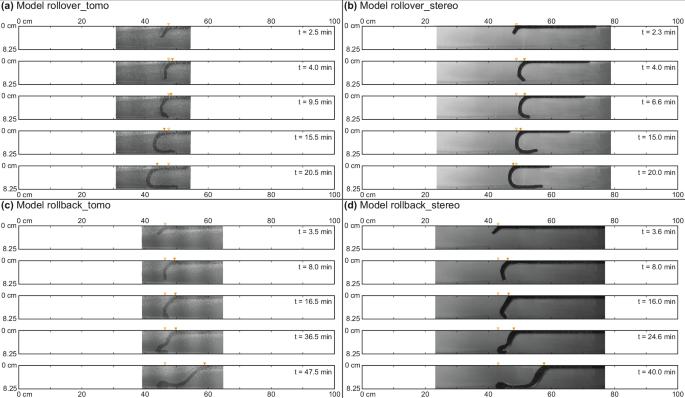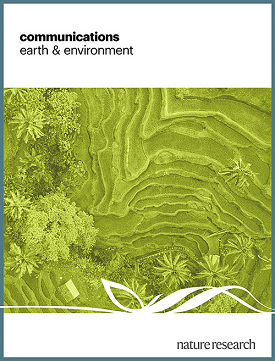Mantle upwelling induced by slab rollover subduction could explain widespread intraplate volcanism in Tibet
IF 8.1
1区 地球科学
Q1 ENVIRONMENTAL SCIENCES
引用次数: 0
Abstract
Subduction-induced mantle flow has a considerable geodynamic impact on Earth. It can deflect mantle plumes, transport geochemical signatures and produce upwellings that generate atypical intraplate volcanism. The mantle flow produced by slab rollover subduction, however, remains unstudied, yet it may have a comparable geodynamic significance. Here, we present analogue models of buoyancy-driven subduction in which we image, using a state-of-the-art Particle Image Velocimetry (PIV) technique, the three-dimensional mantle flow induced by two contrasting subduction styles: slab rollback (trench retreat) and slab rollover (trench advance). Our model results show that the advancing subduction mode develops a slab rollover geometry that generates a large-scale upwelling in a broad mantle wedge domain. Based on a comparison between the location of this upwelling and Cenozoic volcanics in Tibet, we propose that slab rollover subduction of the Tethyan and Indian slabs generated a comparably broad mantle upwelling, which drove widespread Cenozoic volcanism in Tibet. Intraplate volcanism inboard of subduction and collision zones, such as in Tibet during the Cenozoic, could be produced by reversed toroidal mantle flow and long-lived upwelling in subduction rollover settings, according to analogue subduction models.

板块翻转俯冲诱发的地幔上升流可解释西藏广泛的板块内火山活动
俯冲诱发的地幔流对地球产生了相当大的地球动力学影响。它可以使地幔羽流偏转,传递地球化学特征,并产生上升井,从而产生非典型的板内火山活动。然而,板块翻转俯冲产生的地幔流仍未得到研究,但它可能具有类似的地球动力学意义。在这里,我们提出了浮力驱动俯冲的模拟模型,利用最先进的粒子图像测速(PIV)技术,对板块后退(海沟后退)和板块翻转(海沟前进)两种截然不同的俯冲方式所引起的三维地幔流进行成像。我们的模型结果表明,前进的俯冲模式形成了板块翻转的几何形状,在一个宽阔的地幔楔域中产生了大规模的上涌。根据这种上升流的位置与西藏新生代火山活动的比较,我们提出,哲罗纪板块和印度板块的板块翻转俯冲产生了相当广泛的地幔上升流,推动了西藏广泛的新生代火山活动。根据模拟俯冲模型,俯冲和碰撞带内侧的板内火山活动,如新生代西藏的火山活动,可能是由俯冲翻转环境中的反向环状地幔流和长寿命上升流产生的。
本文章由计算机程序翻译,如有差异,请以英文原文为准。
求助全文
约1分钟内获得全文
求助全文
来源期刊

Communications Earth & Environment
Earth and Planetary Sciences-General Earth and Planetary Sciences
CiteScore
8.60
自引率
2.50%
发文量
269
审稿时长
26 weeks
期刊介绍:
Communications Earth & Environment is an open access journal from Nature Portfolio publishing high-quality research, reviews and commentary in all areas of the Earth, environmental and planetary sciences. Research papers published by the journal represent significant advances that bring new insight to a specialized area in Earth science, planetary science or environmental science.
Communications Earth & Environment has a 2-year impact factor of 7.9 (2022 Journal Citation Reports®). Articles published in the journal in 2022 were downloaded 1,412,858 times. Median time from submission to the first editorial decision is 8 days.
文献相关原料
| 公司名称 | 产品信息 | 采购帮参考价格 |
|---|
 求助内容:
求助内容: 应助结果提醒方式:
应助结果提醒方式:


